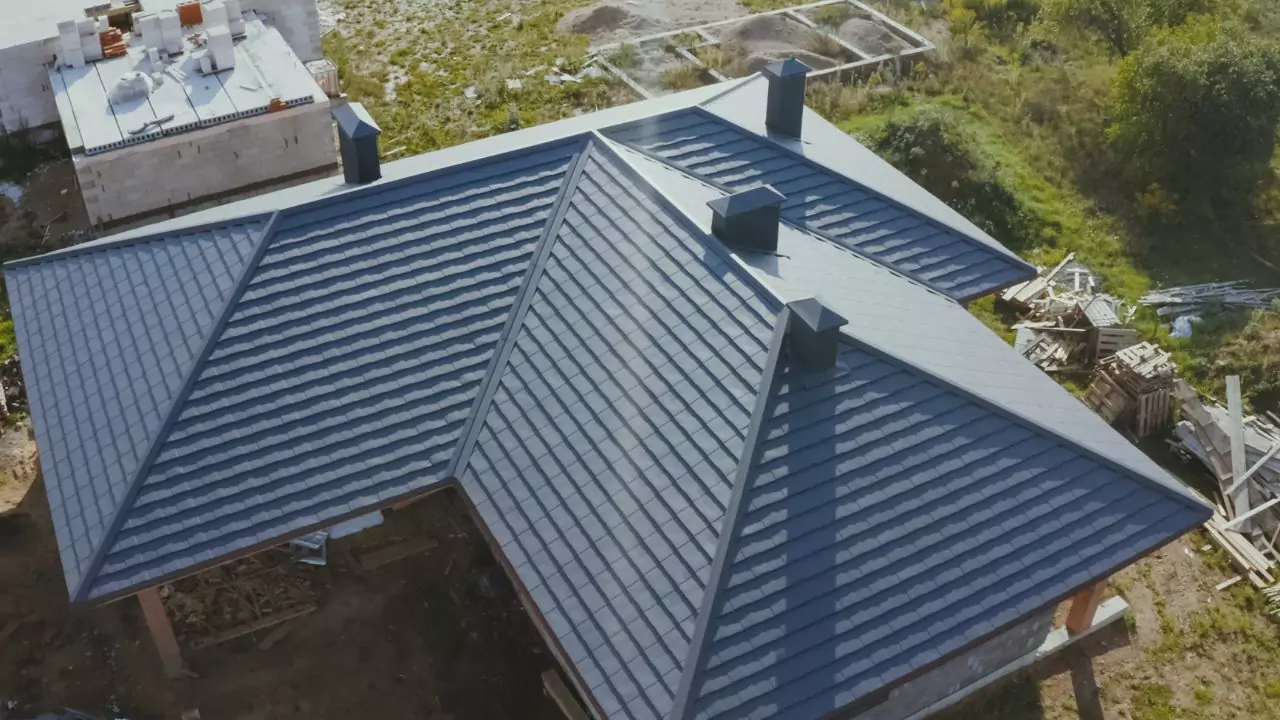Knowing the age of your roof is crucial information for homeowners, especially when dealing with insurance companies. Here’s a breakdown of why it’s important and how to determine it.
Why You Need to Determine the Age of Your Roof for Insurance?
There are several reasons why knowing your roof’s age is important for insurance purposes:
- Anticipate repairs and budget accordingly: Roofs have a lifespan, typically ranging from 15 to 50 years depending on the material and climate. Older roofs are more likely to need repairs or replacements. Knowing your roof’s age helps you anticipate potential costs and set aside funds in your budget for preventative maintenance or eventual replacement.
- Impact on insurance coverage: Insurance companies consider roof age when assessing claims and determining coverage. Older roofs may have higher deductibles, which is the amount you pay out of pocket before insurance kicks in. Additionally, some insurers may limit or deny coverage for certain types of damage on roofs exceeding a specific age.
- Preparation for hurricane season (if applicable): If you live in an area prone to hurricanes, knowing your roof’s age is essential. Older roofs, especially those with missing or damaged shingles or compromised flashing, may be more susceptible to wind damage. By knowing your roof’s age and condition, you can take proactive measures like strengthening or replacing it before the storm season arrives. This can minimize potential damage and make the insurance claim process smoother.
- Helps roofing contractor with necessary information: When requesting a roofing inspection or quote, knowing your roof’s age helps the contractor assess its condition more accurately. They can use this information to identify potential problems, recommend appropriate repairs or replacements, and provide a more accurate estimate for the work.
Visible Signs That Indicate the Age of Your Roof
While finding out the exact age might require some investigation, there are visual signs that can give you a general idea:
- Vegetation growth: Moss, algae, or other plants growing on your roof are signs of an older roof. These organisms thrive in moist environments, and their presence can trap moisture and accelerate the deterioration of your shingles.
- Damaged shingles: Curled, cracked, missing, or brittle shingles indicate wear and tear. Asphalt shingles, the most common type, typically become brittle and less flexible over time. Curled or cracked shingles lose their ability to shed water effectively, increasing the risk of leaks. Missing shingles expose the underlayment and decking to the elements, further accelerating roof degradation.
- Loss of granules: Shingles have protective granules on their surface that deflect sunlight and shield the asphalt from harsh weather. Over time, these granules wear away, exposing the asphalt underneath and making the roof more vulnerable to UV damage and cracking.
- Rotting or discoloration on the decking: If you can see the roof decking from underneath (in an attic or crawlspace), look for signs of rot, warping, or water damage. These can indicate a much older roof with potential structural issues. Extensive rot or warping may necessitate a complete roof replacement, so early detection is crucial.
How to Find the Age of Your Roof?
Here are a few ways to determine the exact age of your roof:
- Ask the previous owners: If you bought your house recently, reach out to the previous owners and see if they have any records of when the roof was replaced. They may have receipts, invoices, or notes from the roofing company that did the work.
- Contact the roofing company: If you know the company that installed the roof, they may have records on file with the installation date. This can be helpful if you have the original warranty paperwork or if the previous owner used a reputable local company.
- Check building permits: Most municipalities require permits for roof replacements. You can contact your local building department and see if they have a record of a permit being issued for your address. This record will typically include the date the permit was issued, which can give you a good idea of when the roof was replaced.
- Schedule a professional inspection: A qualified roof inspector can assess your roof’s condition and estimate its age based on the materials used, construction methods, and overall wear and tear. They can also identify any potential problems and recommend the best course of action. While this option may incur a cost, it provides the most accurate assessment, especially for older roofs or those with extensive repairs.
By knowing your roof’s age, you can make informed decisions about repairs, replacements, and insurance coverage. This knowledge empowers you to plan for the future, protect your investment in your home, and ensure you have adequate insurance coverage in place.





